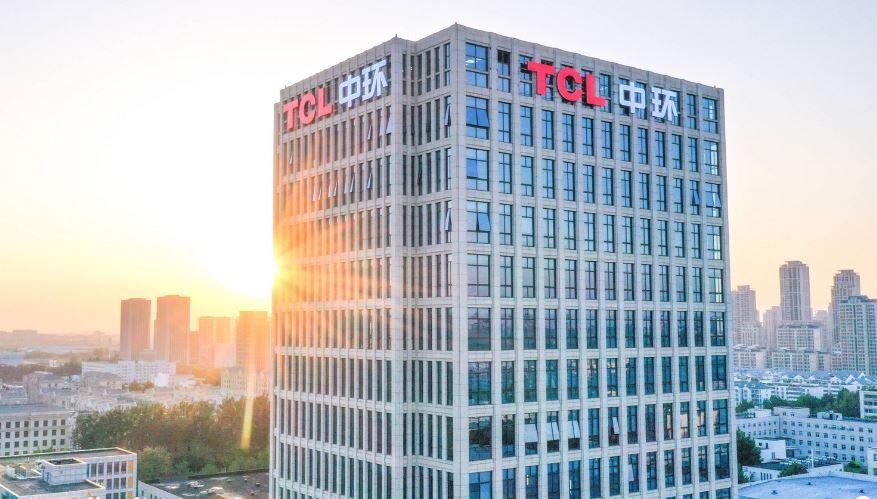Researchers at the King Abdullah University of Science and Technology (KAUST) in Saudi Arabia have developed a photovoltaics-membrane distillation-evaporative crystallizer (PME) that is able to simultaneously produce fresh water and electricity.
“This system is especially suitable for decentralized situations such as off-grid communities, KAUST researcher Wenbin Wang told pv magazine. The team aims to apply the technology to solve the electricity and freshwater supply challenges in rural or remote regions where grid electricity and freshwater are unavailable.
Described in the study “Integrated solar-driven PV cooling and seawater desalination with zero liquid discharge,” recently published in Joule, the device consists of a multistage membrane distillation (MSMD) component that is placed on the backside of a large-area solar cell measuring 16 x 16 cm and utilizes the waste heat of the cell to drive water evaporation. “The heat is conducted to the evaporation layer via the conduction layer,” the Saudi group explained. “The generated vapor passes through the porous hydrophobic membrane and is then condensed in the condensation layer to produce fresh water.”
The PV device was mounted toward the south at a tilt of 22 degrees and was connected to a resistor. The hydrophobic membranes used in the MDMD component have a thickness of 0.1 mm and porosity of 0.86% and are described by the scientists as a crucial element for the simultaneous cooling of the PV device and a high water production rate. The PME device was able to reduce the temperature of the solar cell to between approximately 46.6° C and 47.8° C, compared to 61.2° C when the same solar cell is working alone, the scientists explained, noting that the reduced temperature resulted in a yield increase of about 8%, which in turn led to a higher freshwater production rate.
The PME was able to produce 8.09 kg m2 of freshwater per day or 1.66 kg per square meter. The power conversion efficiency of the solar cell was found to be 13.76%, which is 2.46% more compared to the solar cell working alone in the control experiment.
The proposed system is also able to evaporate the concentrated brine produced in the process through an evaporative crystallizer, achieving zero liquid discharge. “The produced brine is stored in a container under the device as a buffering mechanism before being wicked to the evaporative crystallizer by capillary effect,” the scientists explained.
“The application of the system to standard PV arrays would depend on the packaging technology of the PV panel,” Wang told pv magazine. “For the PV panel whose backside is flat, it can be immediately integrated while for the PV panel whose backside is not flat, some new designs need to be developed.”
This content is protected by copyright and may not be reused. If you want to cooperate with us and would like to reuse some of our content, please contact: editors@pv-magazine.com.




By submitting this form you agree to pv magazine using your data for the purposes of publishing your comment.
Your personal data will only be disclosed or otherwise transmitted to third parties for the purposes of spam filtering or if this is necessary for technical maintenance of the website. Any other transfer to third parties will not take place unless this is justified on the basis of applicable data protection regulations or if pv magazine is legally obliged to do so.
You may revoke this consent at any time with effect for the future, in which case your personal data will be deleted immediately. Otherwise, your data will be deleted if pv magazine has processed your request or the purpose of data storage is fulfilled.
Further information on data privacy can be found in our Data Protection Policy.